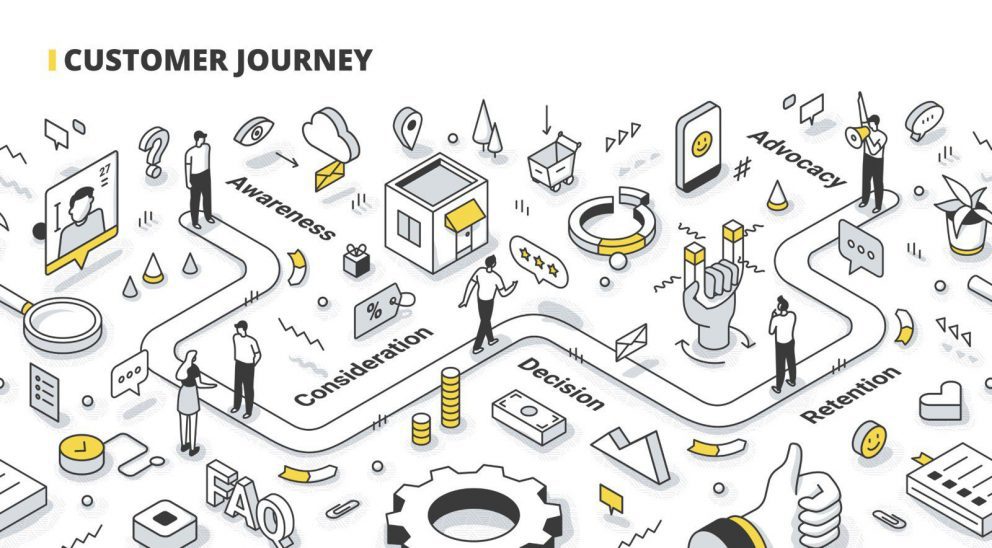Using Social Selling to Enhance Your Digital Strategy

By Michelle Voznyuk, Marketing Specialist at Heinz Marketing
Is your digital strategy lacking? If so, it might be time to evaluate your current methods. If your strategy involves slapping together some generic social posts for all to see, you’re probably not going to gain a substantial amount of traction. On the flip side, developing strategies built on creating meaningful relationships can move the needle.
By incorporating tactics likes “social selling”, organizations can effectively target their audience, increase their credibility, and contribute to pipeline.
What is Social Selling?
So, you may be wondering: what exactly is social selling? And how do you go about building those relationships?
According to LinkedIn, social selling refers to “the practice of using a brand’s social media channels to connect with prospects, develop a connection with them, and engage with potential leads”.
But how is this different from social media marketing?
The difference between social media marketing and social selling is simply the intent and approach behind it. While social media marketing is often used to reach as broad of an audience as possible, social selling is about creating more pointed outreach. In the end it’s about quality over quantity.
You can think of this similarly to the strategy behind Account-Based Experience (ABX). The reason it gained its recent popularity is because organizations learned that if you narrow your focus, you a.) have more control over your situation, and b.) face a higher likelihood that leads will actually convert.
Benefits of Incorporating Social Selling
Social selling has a few major benefits worthy of taking it into consideration:
First, you’re able to meet your prospects where they’re at. More than likely, your audience is already active on social channels. So, you’ve already jumped over that hurdle. Now, it’s about showcasing your ability to capture their attention (and keep it).
Next, social selling helps build rapport with a network of potential leads. Through the process of building a relationship, you learn more about the individual and can uncover their pain points. You also gain credibility so when it comes time for you to present a solution to their problem, that individual is more likely to trust your opinion.
Finally, it helps you keep up with the competition. It’s safe to say your competitors are using LinkedIn, Facebook, Twitter, etc. to connect with prospects. In order to maintain (or surpass) your position in the market, you should be consistently trying to reach and create relationships with those same individuals.
Beyond these benefits, the numbers behind social selling back it up. On average, 78% of individuals that use social selling out perform their peers. They are also 51% more likely to reach quota than those who don’t.
Tips for Getting Started
Here are some tips to keep in mind as you get started with social selling:
- Do your research
- Enter into the conversation with a little background on who you’re targeting. This shows you took the time to find out more about the individual.
- Take your time
- Rome wasn’t built in a day. Relationships take some time to establish. Understand that you’re not after “quick wins”.
- Avoid using salesy jargon
- Conversations flow more naturally when you avoid using too much sales/marketing terminology. Sticking with the basics will help you remain relevant.
- Prioritize the relationship over the sale
- Focus on how you can give versus take in the relationship. Create value-add experiences where you can.
- Learn to listen well
- Relationships are a two-way street. Ask questions, listen well, and absorb the needs and challenges of your prospect.
- Stay consistent
- Remain consistent in your outreach in order to continue nurturing the relationship.
I hope you found this information helpful as you consider incorporating social selling in your organization. Instead of wasting time spinning your wheels on prospects that aren’t going anywhere, adopting a more targeted approach like social selling can help you avoid the trap of marketing to people who aren’t in market. Not only will this preserve your time and budget, but can also create a healthier pipeline for conversion.






